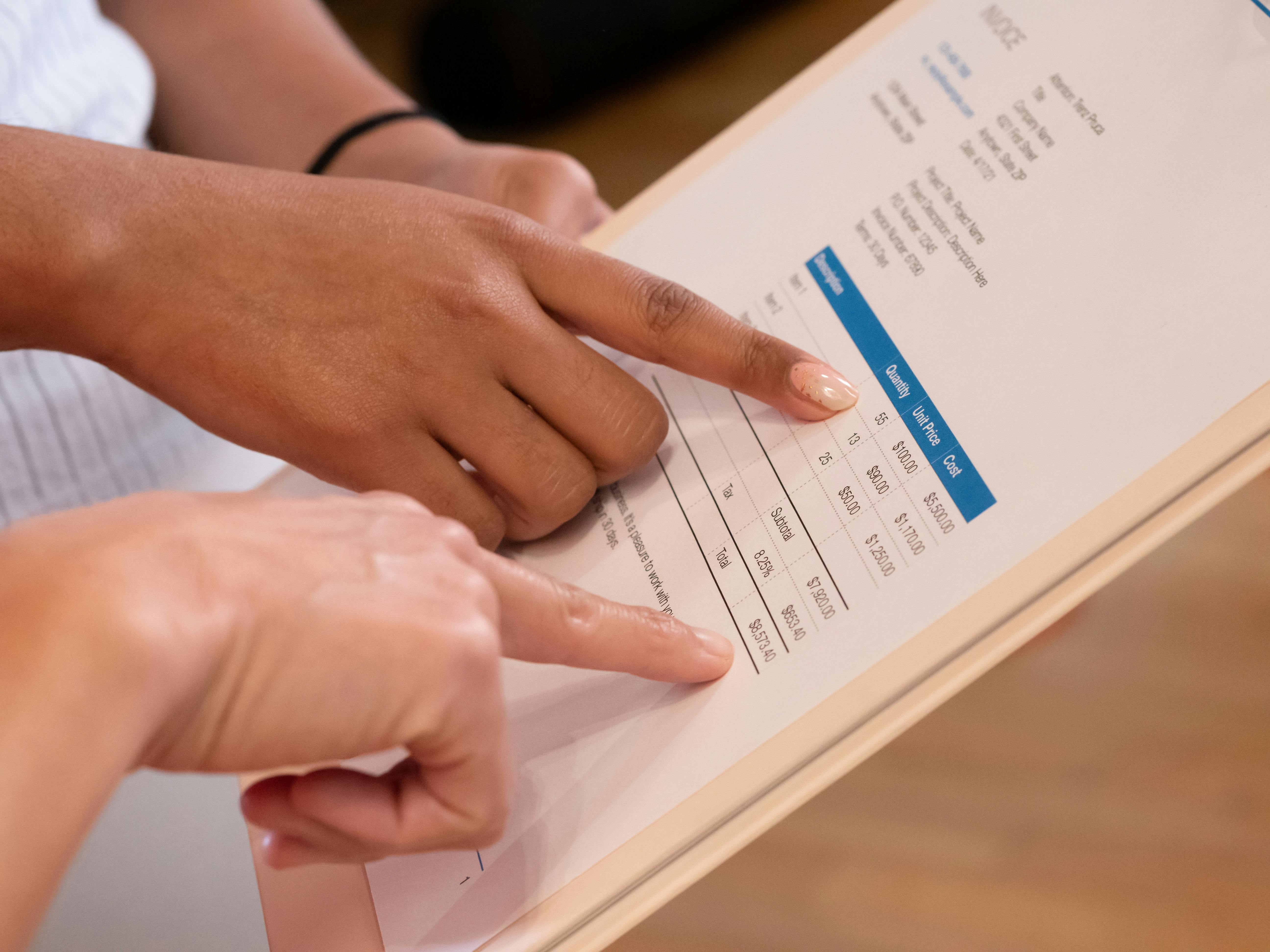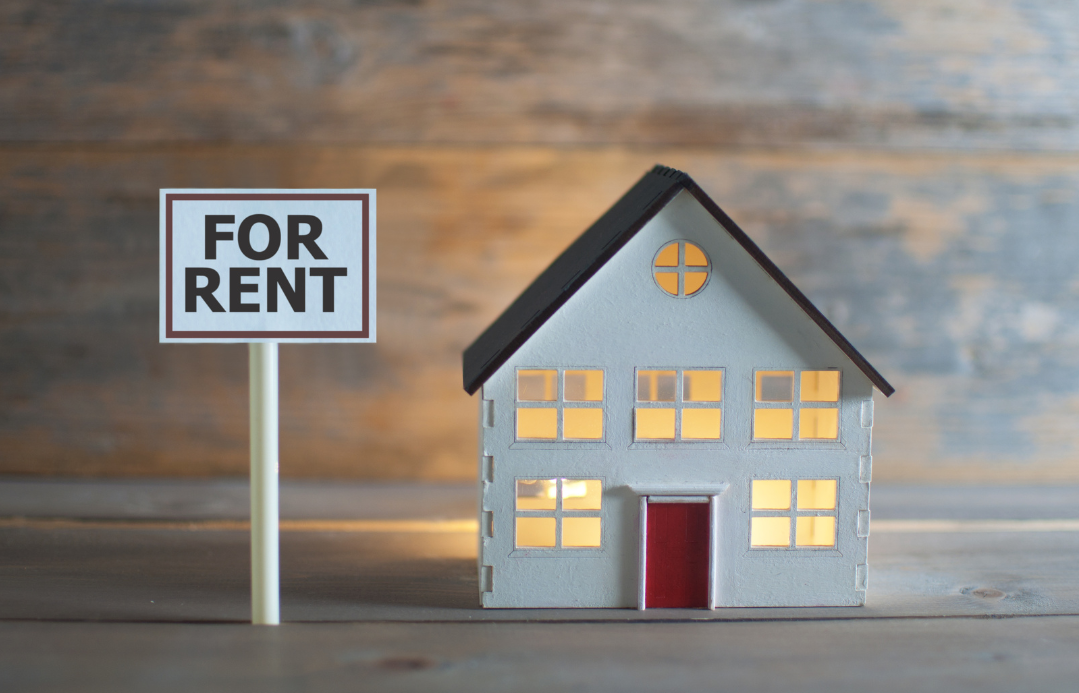
Running a short-term rental? Whether it’s on Airbnb, Vrbo, or your direct booking site, you’ve probably realized that pricing can make or break your bookings. Finding that sweet spot—pricing just high enough to maximize revenue but low enough to attract guests—is tricky. But there’s a game-changer: dynamic pricing for short-term rentals.
Dynamic pricing adjusts your rental rates based on real-time data like demand, seasonality, and local events. By embracing this strategy, you can increase bookings, optimize revenue, and stay competitive. But how does it work exactly? Let’s dive in!
What is Dynamic Pricing for Short-Term Rentals?
Think of dynamic pricing as a strategy for staying nimble. It means changing your rental rates automatically based on market conditions, just like airlines and hotels have done for years. Imagine you’re booking a flight: ticket prices fluctuate depending on season, departure timing, and demand. Short-term rentals operate similarly! With dynamic pricing, your rates respond to demand in real time, increasing during peak times and adjusting when demand dips.
Why Dynamic Pricing is Essential for Short-Term Rentals
Maximized Earnings
Dynamic pricing ensures you’re charging the highest possible rate for the current market. In peak travel times, you can raise rates, and in off-peak seasons, drop them a bit to stay competitive and maintain occupancy.
Increased Bookings
Aligning prices with demand means more bookings across high and low seasons. Your property stays in line with guest expectations, helping you fill up faster.
Competitive Edge
If you’re not using dynamic pricing, there’s a good chance others in your market are. Charging a flat rate year-round could mean missing out on peak earnings or turning guests away in slower seasons. Dynamic pricing helps you stay competitive and streamline operations with tools like Airbnb Automation: A Comprehensive Guide to Simplifying Your Hosting Experience. By integrating with automation, you can manage pricing and simplify your hosting experience simultaneously.
Less Guesswork
Forget manual adjustments based on “feeling.” Dynamic pricing takes the guesswork out by analyzing real-time data to keep your price optimized. Trust Accounting for Vacation Rentals: A Complete Guide is an added benefit of this strategy, helping you maintain transparency and avoid financial surprises.
Implementing Dynamic Pricing for Your Short-Term Rental

Select a Dynamic Pricing Tool
To start, you need a pricing tool that tracks trends and adjusts rates for you. Hosteeva’s Platform, for example, offers smart pricing tools that utilize real-time market data to automatically adjust your rates, ensuring your property remains competitive, and your revenue is optimized so you’re not left with manual calculations.
Set Price Floors and Ceilings
While automation handles the rates, you’re still in control. Most tools let you set minimum and maximum limits to ensure rates stay within your comfort zone.
Monitor and Adjust as Needed
Dynamic pricing isn’t “set it and forget it.” Keep an eye on bookings and adjust as needed—lower prices if bookings are slow or increase them for a surprise local event. Using Short-Term Rental Data to Grow Your Airbnb Business is key, as it lets you make informed adjustments and maximize your results.
Sync Across Platforms
Ensure your dynamic pricing tool syncs with Airbnb, Vrbo, and your direct booking site. Hosteeva’s Channel Manager integrates with 90+ channels, so your prices are always updated in real time, minimizing double-booking risks.
Getting the Most Out of Dynamic Pricing
-
- Local Events Are Key: Keep tabs on local happenings, like concerts or festivals, that can drive demand.
-
- Monitor Occupancy Rates: High occupancy is great, but if your nightly rate is too low, you could be missing out on revenue. And if bookings are low, a slight price drop could make a difference.
-
- Stay Flexible: Stick to your strategy, but adjust when the market shifts. Staying ahead of trends and competitors can boost your bookings.
Common Dynamic Pricing Mistakes to Avoid
Dynamic pricing is powerful, but it’s not foolproof. Here are a few pitfalls to watch out for:
-
- Setting Too Narrow a Price Range: Limiting flexibility with tight minimums and maximums can stifle the benefits of dynamic pricing. Give your rates room to fluctuate.
-
- Forgetting Seasonality: If your tool doesn’t factor in seasonality—think ski season or summer breaks—you may miss pricing opportunities.
-
- Overpricing During Low Demand: Just because you can raise rates doesn’t mean you always should! Match prices to guest expectations to maintain steady bookings.
Example: How Dynamic Pricing Works in Real Life

Imagine you’re renting out a cozy apartment near a busy city. In winter, your rate might be $100/night. But when a major concert is scheduled, you can raise it to $150 to capture high demand. With dynamic pricing, this adjustment happens automatically, so you’re always getting the best rate.
On the other hand, during a slower season, your tool may drop the rate to $85/night, ensuring your property remains booked even when travel is down.
Wrapping Up
Dynamic pricing isn’t just industry jargon; it’s a practical strategy that can help short-term rental owners like you maximize profits, boost occupancy, and stay competitive. With the right tools—like Hosteeva’s smart pricing options—you’re well on your way to optimizing your rates and growing your business.
Remember, pricing isn’t one-size-fits-all. With dynamic pricing, you’ll always be ahead, charging exactly what the market is willing to pay!


